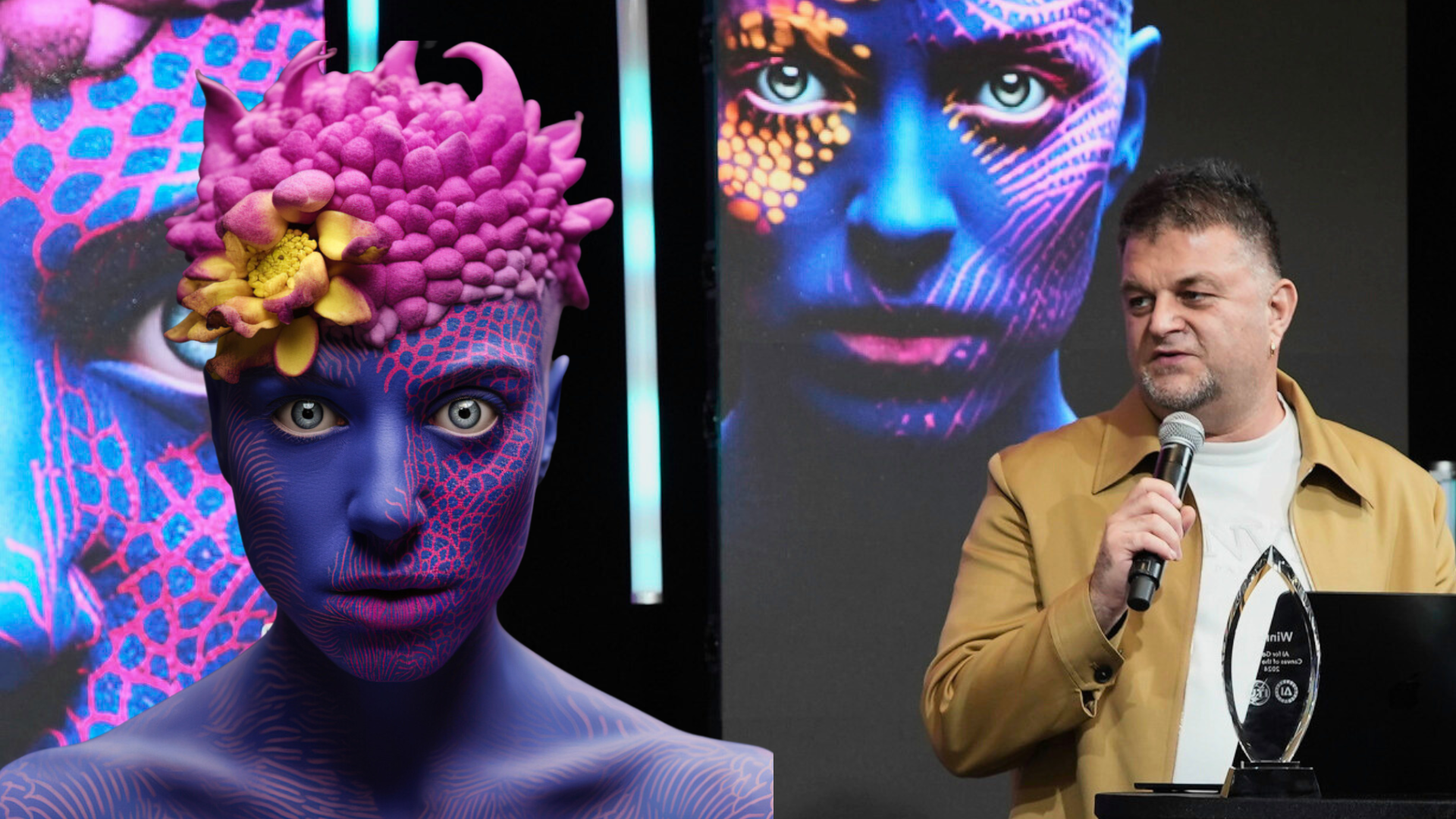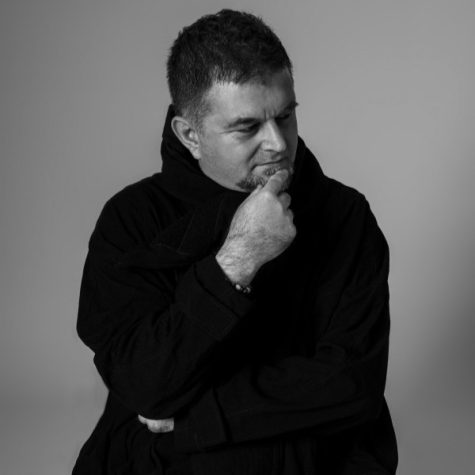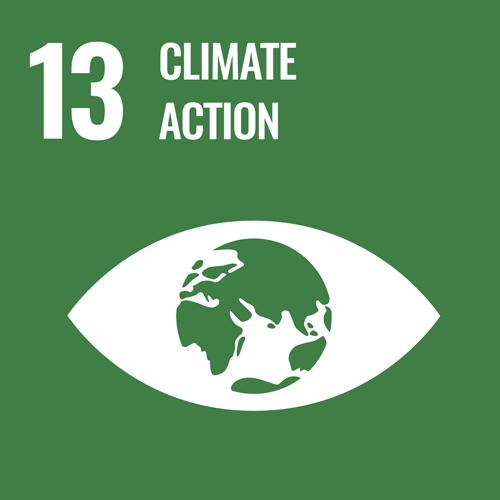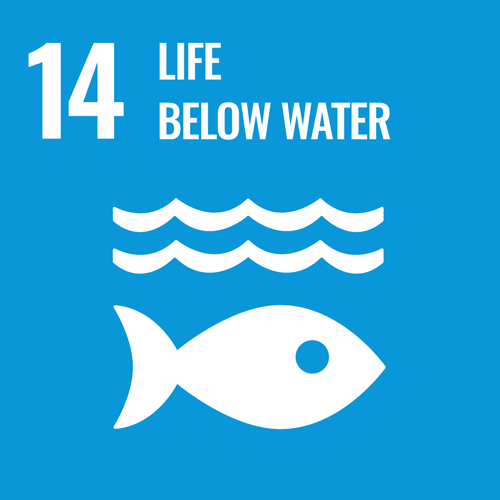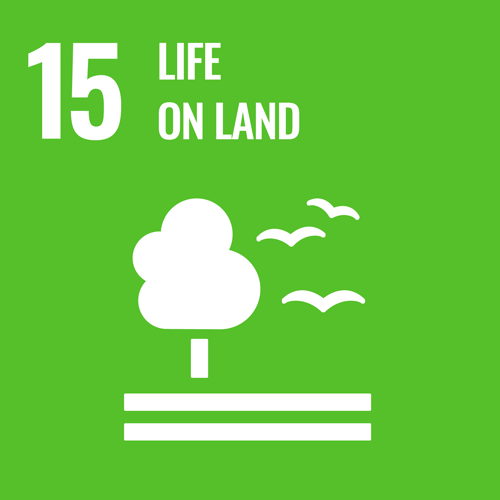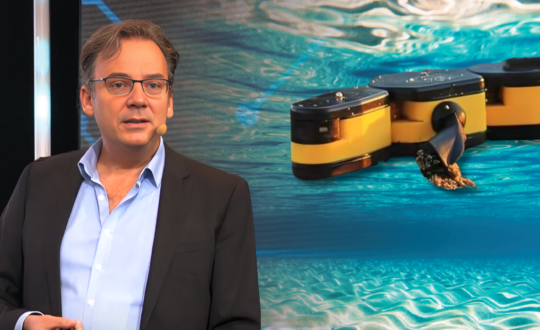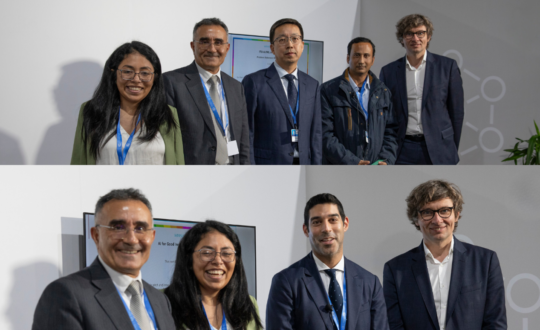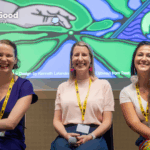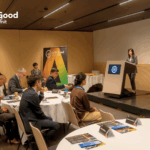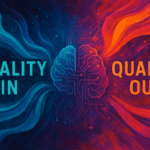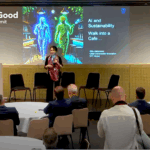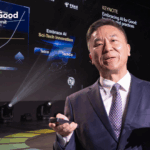A notable highlight of this year’s AI for Good Global Summit was the Canvas of the Future AI Art Contest, held in collaboration with Shutterstock. This contest invited artists and AI enthusiasts worldwide to create inspiring and innovative visual artworks using AI tools, showcasing their vision for a sustainable future in alignment with the United Nations Sustainable Development Goals (UN SDGs).
Among the many entries that showcased the creative potential of AI, Baris Gencel’s work stood out. Gencel, the Lanvin Group Director of Digital Transformation and Innovation, based in Shanghai, was awarded for his poignant and visually striking piece titled “Faces of Extinction of Species: Our Faces, Their Faces.” This work is a visual expression of the interconnectedness between humans and endangered species, resonating deeply with the summit’s themes of sustainability and AI’s role in addressing global challenges.
Gencel’s art rose to the top among nearly 100 entries from 37 countries, a testament to its profound message and technical execution. His piece effectively captures the essence of the current environmental crisis, highlighting the plight of endangered species through a blend of human and animal imagery.
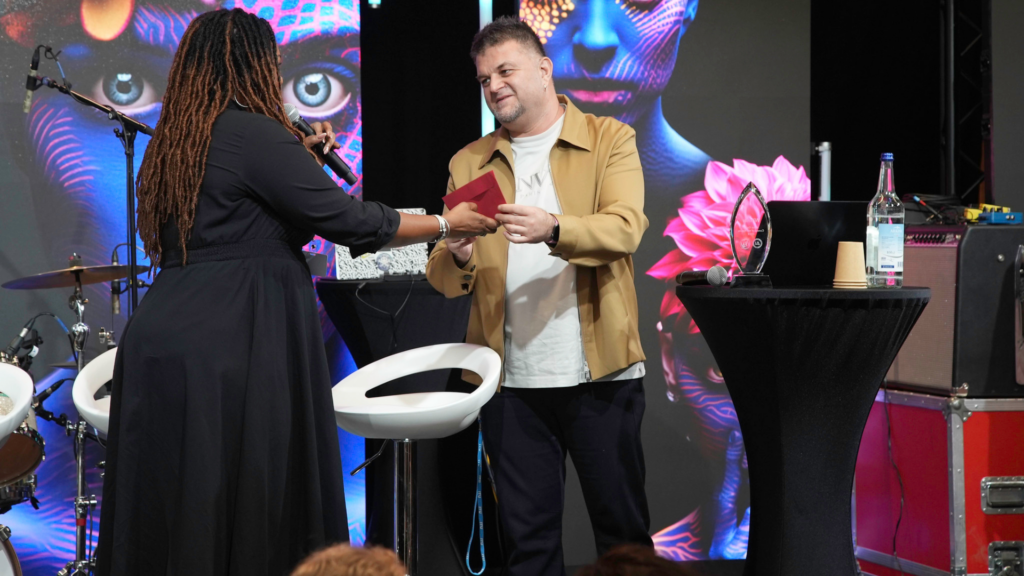
In his acceptance speech as the 2024 Winner of the Canvas of the Future, Gencel emphasized the urgency of the environmental issues depicted in his work. He reflected on the inspiration behind his art, drawing from Carl Sagan’s famous “Pale Blue Dot” image and text. Gencel’s adaptation of Sagan’s words underscored the critical need for a collective effort to protect our planet and its diverse inhabitants.
“Look again at that dot. That’s here. That’s home. That’s where all life is,” Gencel said, echoing Sagan’s profound observation. He continued, “Every being you love, every creature you know or do not know, every plant, every animal, and every human whoever lived their lives is on it. But now our extremely excessive wrong actions and selfishness and greed have caused suffering and the loss of thousands of species.”
His speech was not just a reflection but a powerful call to action. Gencel urged the audience to recognize their responsibility towards the Earth and its ecosystems, highlighting that the extinction of one species impacts the entire biosphere.
Gencel’s passion for the natural world and its preservation is deeply personal. He shared a heartfelt story about his cat, Nana, whom he adopted from a rescue center in Shanghai in 2018. This experience profoundly changed his perspective on animals and their place in our lives.
“Nana changed my life and […] everything I know about animals,” he said, emphasizing the deep bond and responsibility humans have towards other living beings.
His artwork, blending human faces with elements of animal skins, flowers, and plants, serves as a reminder of the unity and diversity of life on Earth. By portraying human features within the context of endangered species, Gencel’s art makes a compelling statement about the shared fate of all living creatures.
Gencel’s work is more than just art; it is a voice for the voiceless, a reminder that humanity must act to preserve and cherish the rich tapestry of life on Earth. His vision aligns perfectly with the goals of the AI for Good Summit, demonstrating how AI and creativity can come together to inspire and drive positive change.
“The Earth is [the] only world known so far to harbor life,” Gencel noted, “[and] for the moment, it is where we all make our stand. To me, this underscores our responsibility to deal more kindly with one another and to preserve and […] cherish […] the only home we have ever known.”
Gencel’s message is clear: through collective effort, compassion, and the responsible use of AI, humanity can address the pressing environmental challenges of our time. His art and words inspire hope and action, urging us all to be stewards of our planet and protectors of its future.
Baris Gencel’s commitment to environmental preservation and sustainability is not just evident in his artwork but also in his philosophy and lifestyle. His dedication goes beyond mere artistic expression; it is a profound personal mission. During his acceptance speech, Gencel passionately articulated his concerns about the current state of the planet. He drew parallels between human actions and their devastating impact on the environment, using his artwork as a medium to convey this critical message.
“Every Majestic snow leopard in the snow mountains [is] without snow, every polar bear [is] standing on a piece of ice to survive without the ice, every bird in the gray sky, […]and every beautiful flower [is] about to die” Gencel remarked, painting a vivid picture of the environmental crisis.
His words resonated with the audience, many of whom were visibly moved by his heartfelt plea for greater environmental consciousness.
His vision for the future is one where art and technology converge to foster a deeper understanding of our role in preserving the planet.
“With my art, I strive to be a voice for them. If we don’t stop now, it will be too late” he reiterated, emphasizing the need for immediate action.



